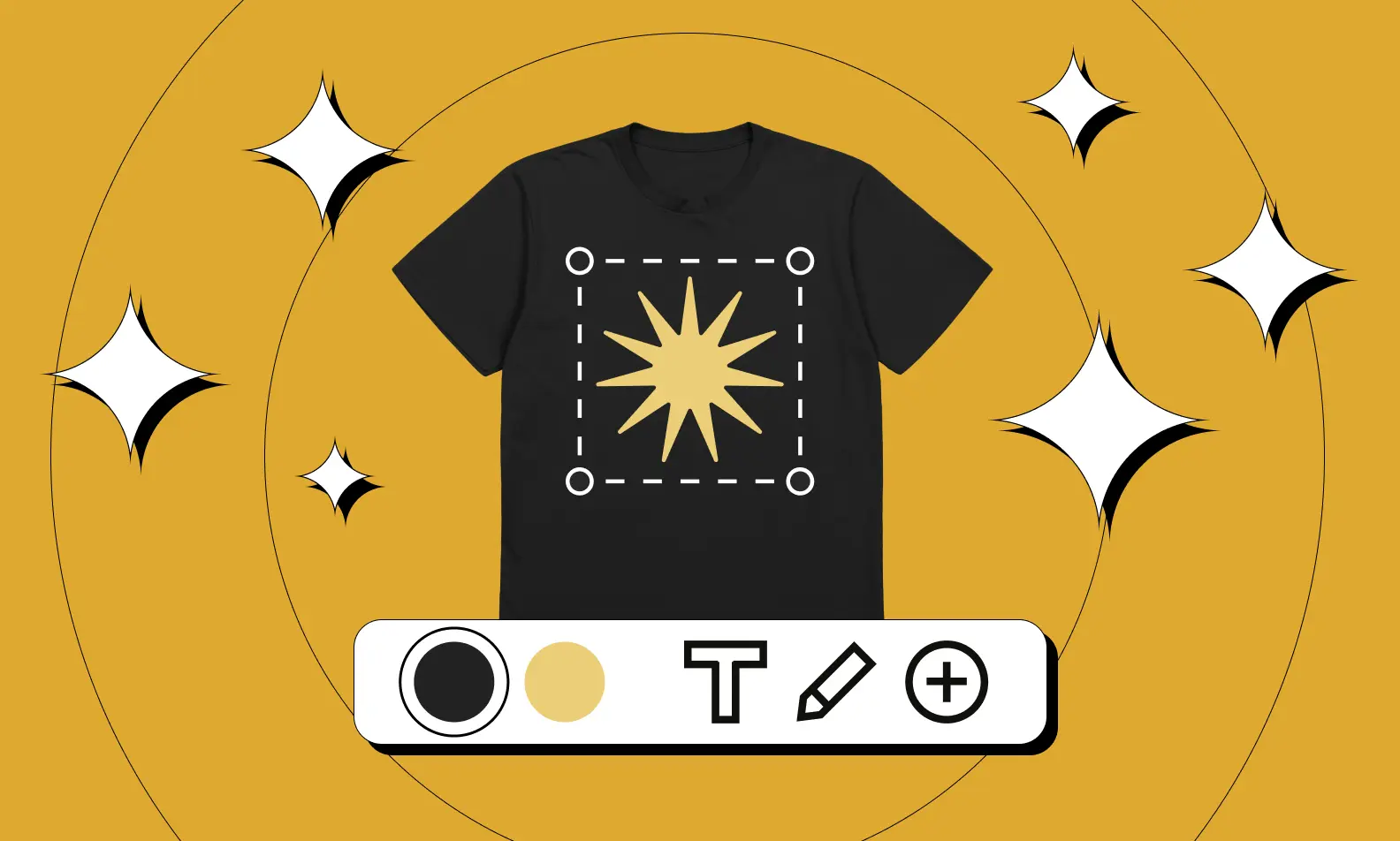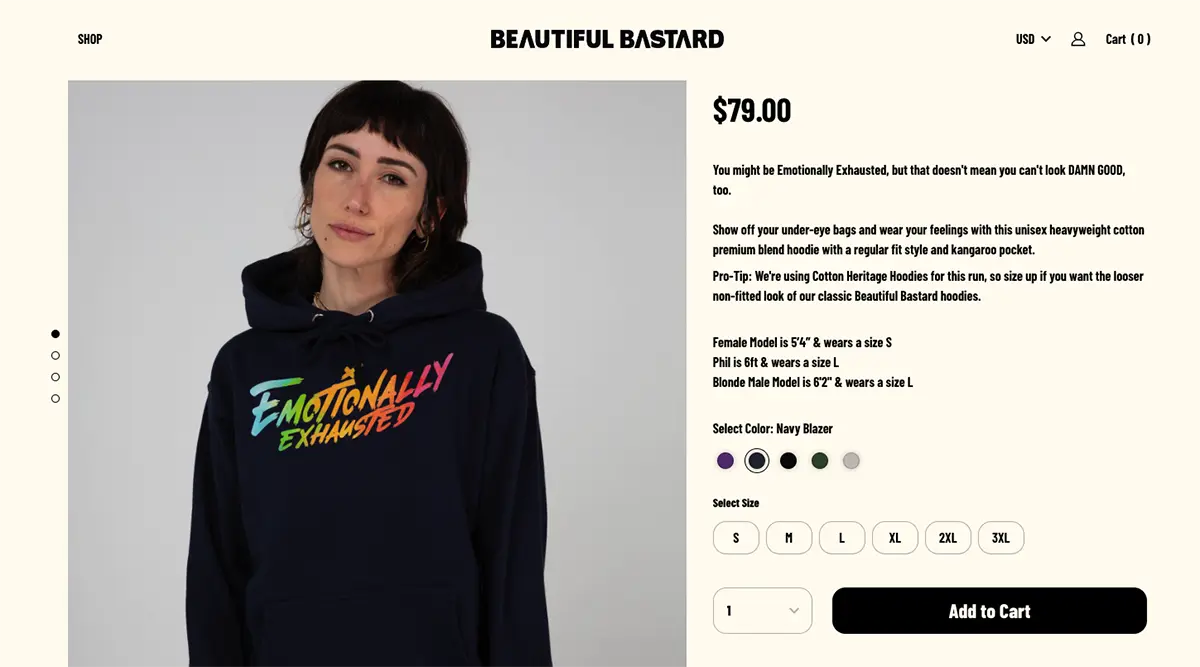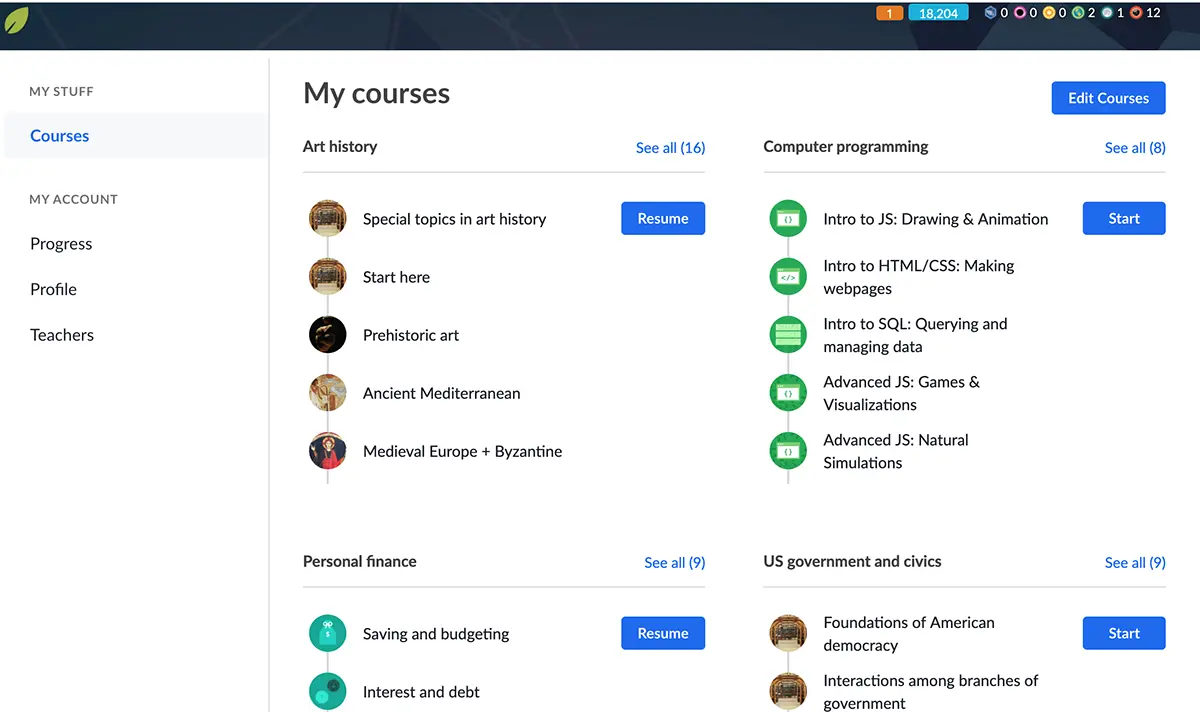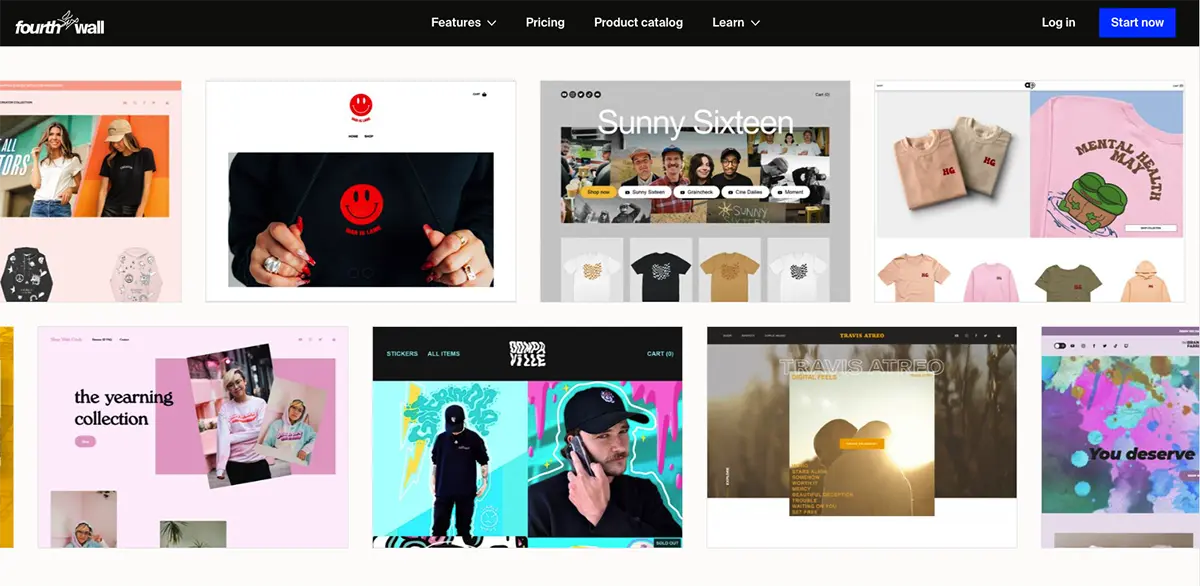Customization vs. Personalization: What's the Difference?

In the dynamic world of e-commerce, two terms that often surface are personalization and customization. While they may seem interchangeable, understanding their nuances is crucial for businesses aiming to enhance user experiences. In this article, we delve into the definitions of personalization and customization, exploring their differences through real-world examples.
What Is Personalization?
Personalization refers to the practice of customizing the online shopping experience for individual users based on their preferences, behavior, and demographics. It involves using various data points such as browsing history, purchase history, location, and demographic information to deliver tailored product recommendations, targeted marketing messages, and personalized content.
By leveraging algorithms and machine learning techniques, e-commerce platforms can analyze vast amounts of data to understand each customer's unique preferences and predict their future behavior, allowing for the delivery of highly relevant and personalized shopping experiences.
For creators, e-commerce personalization offers a powerful tool to enhance customer engagement, increase conversion rates, and foster brand loyalty. By delivering personalized product recommendations and targeted promotions, creators can effectively cater to the specific needs and preferences of individual customers, ultimately leading to higher sales and customer satisfaction.
Benefits
- Enhanced customer experience: Personalization creates tailored shopping experiences that meet individual needs and preferences, leading to higher satisfaction.
- Increased conversion rates: Relevant product recommendations and targeted promotions encourage customers to make purchases, boosting conversion rates.
- Improved customer engagement: Personalized content and offers capture customers' attention and keep them engaged with the e-commerce platform.
- Higher customer retention: Personalization builds stronger relationships with customers, increasing their loyalty and likelihood of returning for future purchases.
- Greater revenue: Personalized shopping experiences lead to higher average order values and increased sales, ultimately driving revenue growth.
- Better data insights: Personalization generates valuable data on customer behavior and preferences, which can be used to refine marketing strategies and product offerings.
What Is Customization?
Customization, on the other hand, is the process of adapting products, services, or experiences to meet specific user preferences. This customization can range from simple options like choosing colors or sizes to more complex configurations such as adding personalized engravings or selecting specific features.
By offering customization options, creators empower customers to create products that resonate with their unique tastes and requirements, leading to a more personalized and fulfilling shopping experience. Additionally, customization can enhance the perceived value of products or services, as customers are willing to pay a premium for items that are tailored to their individual preferences.
Benefits
- Unique product offerings: Customization allows businesses to offer unique, personalized products that cater to individual customer preferences.
- Reduced returns and exchanges: Customized products are less likely to be returned or exchanged since they are tailored to the customer's specifications.
- Greater word-of-mouth marketing: Unique and personalized products encourage customers to share their experiences with others, leading to positive word-of-mouth marketing.
- Opportunities for upselling and cross-selling: Customization options provide opportunities to upsell additional features or complementary products, increasing average order value.
- Flexibility in product offerings: Businesses can easily adapt their product offerings based on customer feedback and market trends, staying agile in a competitive landscape.
- Increased customer lifetime value: By offering customization options, businesses can generate long-term relationships with customers, leading to repeat purchases and higher lifetime value.
Customization vs. Personalization: Key Differences
Understanding the differences between customization and personalization is crucial in shaping modern businesses and technologies. Here are three key distinctions:
User Involvement
- Customization: Involves active user participation in decision-making, allowing them to choose and configure elements.
- Personalization: Draws upon user data to automatically tailor experiences without requiring explicit user input.
Adaptability
- Customization: Offers a broader scope of adaptability, allowing users to make significant changes to their experience.
- Personalization: Adapts content or experiences based on historical data and behaviors but with limited user-driven changes.
Level of Automation
- Customization: Requires more manual input from users, offering a hands-on approach.
- Personalization: Leverages algorithms and automation to predict and cater to user preferences seamlessly.
In situations where user involvement, adaptability, and hands-on control are crucial, customization tends to provide a more beneficial approach.
Examples of Personalization vs Customization
To deepen our understanding of personalization and customization, let's explore more examples across different industries, shedding light on how these concepts manifest in real-world scenarios.
E-commerce:
- Customization: Beautiful Bastard

YouTuber Phil DeFranco’s clothing brand, Beautiful Bastard, is a great example of a creator who utilizes customization for his online store. The site offers a range of apparel items, such as t-shirts, hoodies, and hats that feature designs inspired by DeFranco’s brand and content. Each item allows customers to tailor the product to their needs based on color and size, providing them with options based on their personal preferences. This level of customization not only results in unique, one-of-a-kind pieces but also fosters a deeper connection between the brand and its audience.
- Personalization: Amazon Recommendations

Amazon takes personalization to another level by analyzing user's browsing history, purchase patterns, and even wish lists. Through intricate algorithms, Amazon suggests products tailored to individual preferences. This curated shopping experience streamlines the user journey, presenting a personalized array of options without requiring explicit user input beyond their past behaviors.
Music Streaming:
- Customization: Spotify Playlists

Spotify empowers users to create their own playlists, curating a selection of songs that align with their moods, preferences, or specific occasions. Users have complete control over the content, order, and theme of their playlists, creating a personalized auditory experience that extends beyond automated suggestions.
- Personalization: Pandora Stations

Pandora takes a different approach by analyzing user feedback. Thumbs-up and thumbs-down interactions contribute to the creation of personalized stations. The platform dynamically adjusts its recommendations based on these interactions, aiming to deliver a continuous stream of music that aligns with the user's taste, all without requiring manual playlist creation.
Learning Platforms:
- Customization: Duolingo

Duolingo allows users to tailor their language learning experience extensively. Users can adjust the difficulty level, focus on specific skills, and set daily learning goals based on their pace and preferences. This hands-on customization ensures that learners can adapt their language-learning journey according to their unique needs and progress.
- Personalization: Khan Academy

Khan Academy employs personalization by dynamically adjusting its lessons based on user performance. As users engage with the platform, it analyzes their strengths and weaknesses, offering hints and practice problems that cater to individual learning needs. This personalized learning path optimizes the educational experience, adapting in real-time to enhance comprehension.
Unlock True Customization With Fourthwall

Fourthwall is an all-in-one e-commerce platform that empowers creators to build their online stores and offers customizable products to their customers. Through Fourthwall, creators gain access to a comprehensive suite of tools and features designed to streamline the process of creating and selling personalized products. One of the key functionalities of Fourthwall is its intuitive customization interface, which allows creators to easily design and configure products according to their unique specifications.
Creators can choose from a variety of customizable product templates or create their designs from scratch using Fourthwall's user-friendly design tools. Whether it's apparel, home decor, or accessories, Fourthwall provides the flexibility for creators to offer personalized options that resonate with their target audience.
Additionally, Fourthwall offers seamless integration with print-on-demand and fulfillment partners, ensuring that creators can easily bring their customized products to market without the hassle of managing inventory or logistics. With Fourthwall's e-commerce customization capabilities, creators can unlock new revenue streams, deepen customer engagement, and build a thriving online business centered around personalized products tailored to their audience's preferences.
Join Fourthwall today and discover how you can unleash your creativity and take your online store to new heights.
















